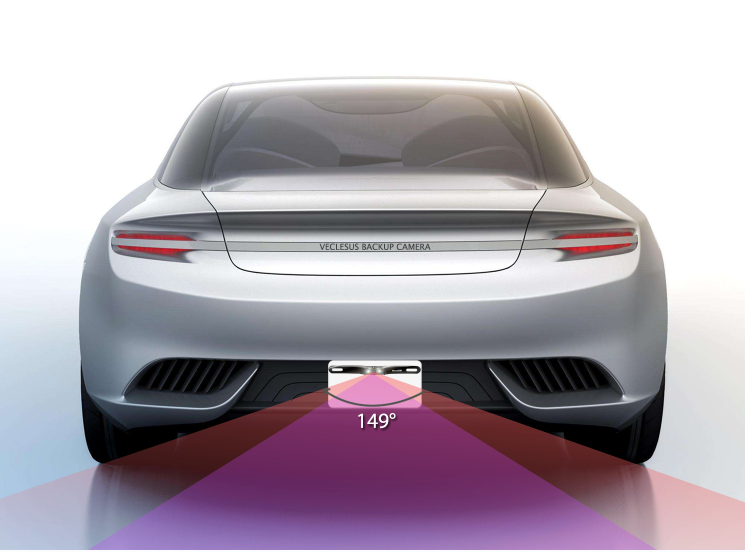5 New Technologies Improving Driver Safety
Technology has transformed almost every sector worldwide, and the automotive industry has had its fair share of beneficial technological advances.
Computerized auto-control systems have made life easier for drivers and significantly improved road safety. Features like automatic emergency brakes, backup cameras, and blind spot warnings are becoming more common in cars. Let’s look at how new technologies are improving driver safety.
Automatic Emergency Braking
Automatic emergency braking (AEB) is a technology that detects when a car is about to collide with another car, wall, pedestrian, or obstacle and autonomously activates the brakes. It can slow down the vehicle to reduce the impact or stop the car altogether. That way, the accident does not happen, and if it does, the damage is negligible.
Backup Camera
Backup cameras, commonly known as rearview video systems (RVS), allow drivers to view a vehicle's rear area. They make parking easy by ensuring drivers don’t ram into other vehicles. Additionally, the cameras reduce accidents by making reverse driving hassle-free.
The driver can see the rear field of view in the rearview mirror and make informed decisions. Backup cameras also minimize rear blind spots and reduce backover collisions in driveways and public parking lots.
Augmented Reality Windshield
Augmented Reality windshields improve driver safety by providing useful data in their field of view. They don’t have to take their eyes off the road to check the dashboard. When drivers can see the fuel level, speed, cruise control, and traffic signals easily, they are less likely to cause an accident because they are focused on the road. More car buyers are looking for cars with this technology, and many automakers are showcasing it in their car stock image libraries.
Blind Spot Sensors
Blind spot sensors mounted on side mirrors and the rear bumper detect motor vehicles, bikes, and other objects and alert the driver through audio or visual warnings. Some blind spot monitoring systems feature cameras that allow drivers to see the other lane.
Adaptive Cruise Control
Adaptive cruise control (ACC) is a technology that uses lasers, radar, and sensors to detect how close one vehicle is to another. It autonomously slows down a car if a driver drives too close to another car or obstacle, reducing the chances of a collision.
Which of these new technologies are most important to you as a driver?

